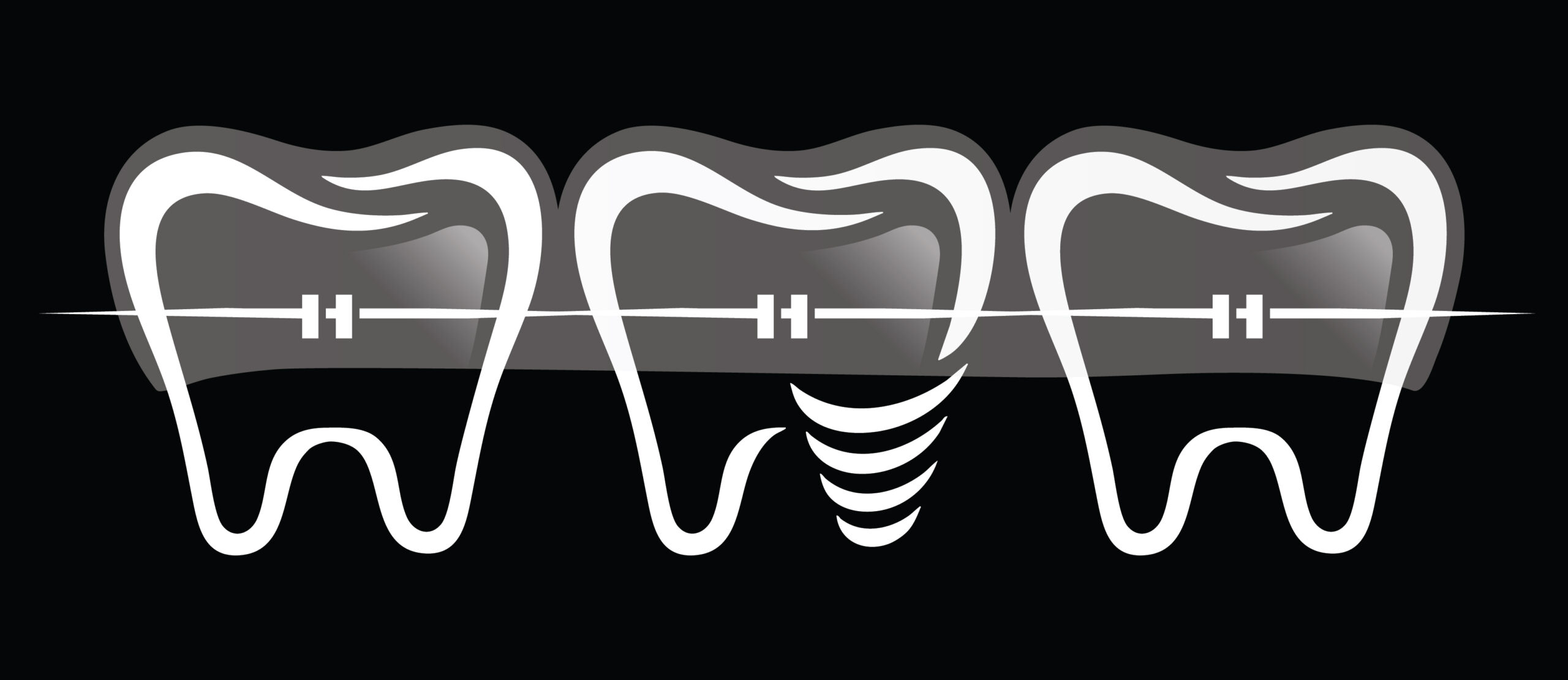Other Aligners
What are “Other Aligners”
“Other aligners” refers to clear / invisible aligner systems made by various companies apart from the most well‑known ones (e.g. Invisalign). These include both:
Clinic‑based aligners (where you go to a dentist / orthodontist who uses a brand or lab other than Invisalign)
Direct‑to‑consumer / remote / mail‑order aligners (you may get an impression / scan, then aligners are made and sent to you, with fewer in‑person visits)
Examples of such companies include PlusDental, DrSmile, Orthoclear, etc.
How they compare with Invisalign & big brands
Here are some typical differences + what matters:
| Feature | Big brands (e.g. Invisalign) | Other / generic / remote aligners |
|---|---|---|
| Material quality | Often use specific patented materials designed for more precise control. Example: Invisalign uses “SmartTrack” material which claims better fit, consistent force, etc. | May use different plastics, quality varies. Some cheaper ones may use less advanced materials which might affect comfort, staining, how well movements track. |
| Monitoring / supervision | Frequent clinic visits; orthodontist supervises the progress, makes adjustments. | Remote or fewer in‑person checkups; risk of things going off‑track if problems arise (bite issues, aligner fit, etc.) |
| Cost | Typically higher. Part of cost is for brand, R&D, patented tech, materials, frequent monitoring. | Can be significantly cheaper. But cheaper doesn’t always mean better—trade offs exist. |
| Treatment complexity | More capable of handling complicated cases (large bite problems, rotations, etc.) | Usually better suited for mild to moderate alignment issues. For severe cases, might not be enough or need refinements. |
| Convenience | More clinic visits, possibly higher cost and waiting times. | More convenience with remote options; some brands offer home scan/impression and mail‑delivery. But risk is less personal oversight. |
Risks / Considerations
Using “other aligners” has some risks or things to be careful about:
Fit & force issues
If the aligner doesn’t fit well, or force application is not well planned, teeth may shift incorrectly. This can lead to discomfort, longer treatment, or even damage.Lack of ongoing supervision
Without frequent checkups by an orthodontist, issues like bite misalignment, teeth roots, gum health, etc. might not be caught early. Remote treatment may miss some complications.Material issues
Lower‑quality plastic may stain, deform, be less durable; may not transmit force as precisely.Hidden or extra costs
Aligners themselves are just part of the cost. Additional visits, possible need for attachments/buttons, refinements (extra sets when initial plan doesn’t suffice), retainers post‑treatment etc. can add up. Big‑brand treatments may include some of these in their plan; cheaper ones sometimes have lower quoted cost but extra fees later.Regulatory / quality control
Depending on where the aligners are manufactured and which oversight (local dental laws, quality certifications, biocompatibility) apply, there may be variation in quality. Should verify that the aligner brand meets relevant health/dental device standards.
 Select an element to maximize. Press ESC to cancel.
Select an element to maximize. Press ESC to cancel.
